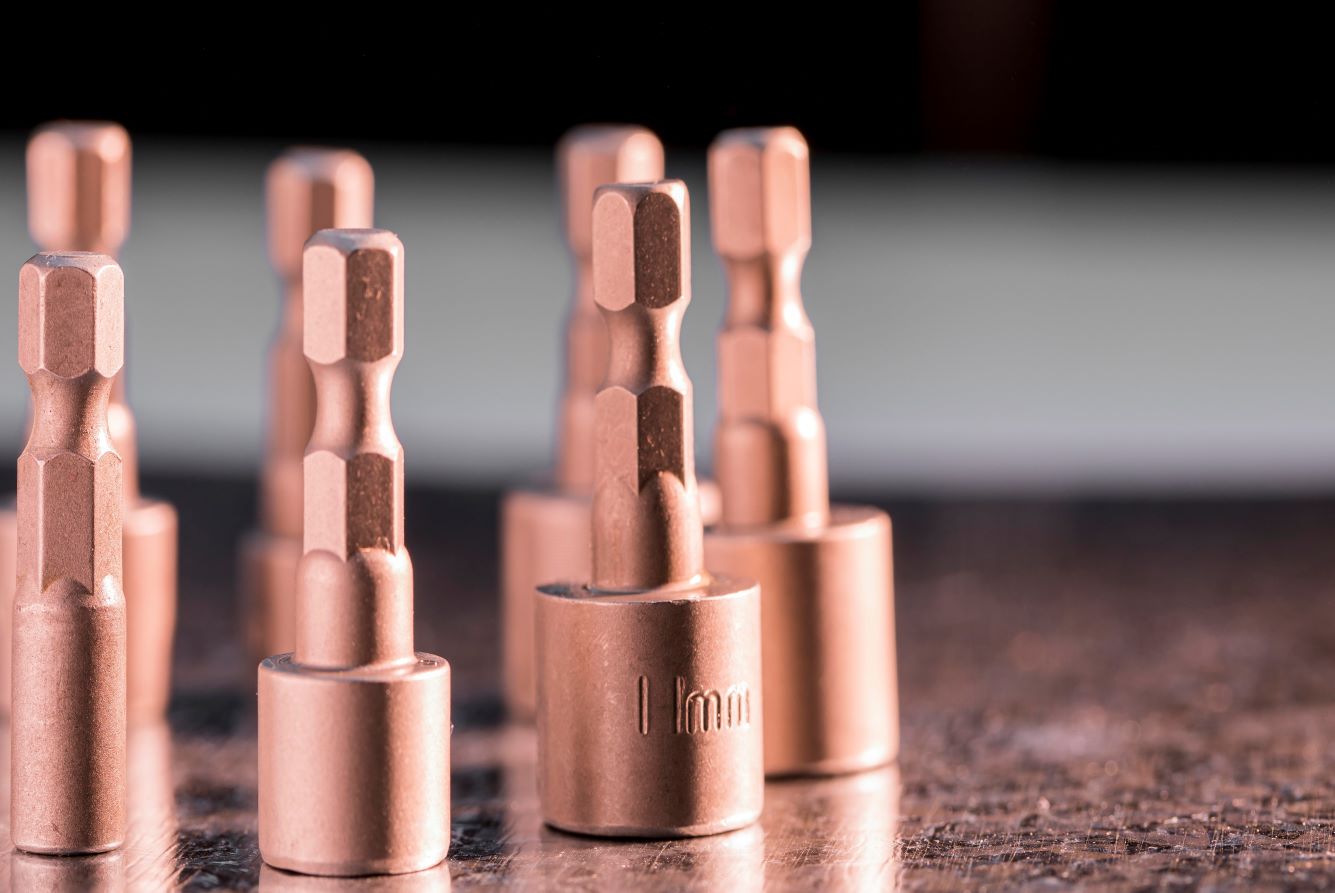

Casting is an ancient technique that has been used for centuries to create all sorts of objects, from simple tools to elaborate sculptures.
The basic principle behind metal casting is simple: a mold is created, molten metal is poured into the mold, and the metal takes on the shape of the mold. This process is very popular because it allows for the creation of objects with very intricate designs without using complex manufacturing techniques.
In this article, we will take a look at the five most common types of casting processes.
Casting falls into two major groups – expendable mold and permanent mold – determined by the mold material.
In this process, a mold is created out of a material that can be easily destroyed, such as sand. The types of expendable mold casting are; sand casting, investment casting, plaster molding, ceramic molding, shell molding, and lost-foam casting.
In this process, the mold is created from a material that can withstand high temperatures, such as metals with low melting points. The types of permanent mold casting are; die casting, low-pressure casting, vacuum casting, and gravity casting.
The five common types of casting processes are:
Sand casting is used to create objects with complex shapes. In this process, a mold is created out of sand. The metal is then melted and poured into the mold. Once the metal has cooled and solidified, the sand mold is destroyed to remove the object.
Investment casting uses disposable wax molds to create objects with a smooth surface finish. In this metal casting process, a wax mold is created and coated with a ceramic material.
The wax mold is then placed in a kiln, where the wax is burned out, leaving a hollow ceramic mold. The metal is then melted and poured into the mold. Once the metal has cooled and solidified, the ceramic mold is broken away to reveal the object.
Pressure die casting uses two plates of metallic molds to create objects with a smooth surface finish. In this process, an open mold is lubricated to prevent sticking, and the two plates are shut.
Molten metal is then forced into the closed mold with great pressure. Once the metal has cooled and solidified, the mold is opened, and the object is removed.
Centrifugal casting uses the force of centrifugal acceleration to create objects with a very smooth surface finish. In this process, the mold is rotated at high speed while the molten metal is poured into it.
The centrifugal force acting on the metal causes it to be evenly distributed throughout the mold. Once the metal has cooled and solidified, the mold is opened, and the object is removed. The centrifugal force causes a lot of impurities to move to the ID and OD which can be machined off and create a more pure grade of material.
Gravity casting uses the force of gravity to create objects with a very smooth surface finish. In this process, the mold is placed in a horizontal position, and the molten metal is poured into it.
The force of gravity causes the metal to be evenly distributed throughout the mold. Once the metal has cooled and solidified, the mold is opened, and the object is removed.
Another gravity casting process is used when making many steel shapes where the liquid metal passed through the mold through an opening in the bottom which allows the material to flow into the caster for further reduction to a final shape and rolling.
There are many different casting processes, each with its advantages and disadvantages. However, the type of casting process that is used depends on the desired final product.
If you have any questions about the casting process or need help finding the right casting process for your project, don’t hesitate to get in touch with New Mexico Metals LLC. We are experts in metal casting, and we would be happy to assist you!
Contact us today to learn more about our services!